Are tennis balls toxic to dogs
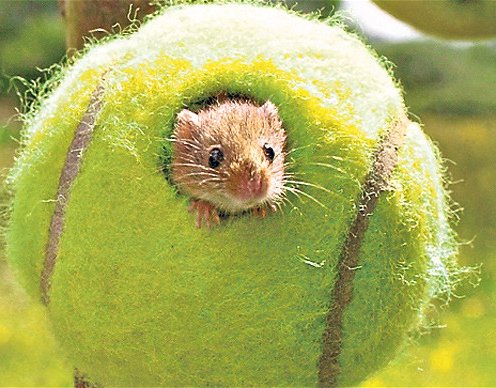
Questions about the safety of pet toys continue to haunt Nancy Rogers. They’re questions the Illinois dog owner has tried to get answered since 2007, when she hired a laboratory to test the lead content in 24 of her Shelties’ chew toys. The tests revealed that one of her dogs’ tennis balls contained 335.7 parts per million (ppm) of lead, an amount that, at the time, fell far below the levels allowed in children’s toys. Today, however, that amount exceeds the 300 ppm federal standard for lead in children’s toys.
What amount of lead should be allowed in the toys dogs lick, chew, slobber on and even shred? Do toys with relatively high levels pose any harm to our best friends? These questions are at the heart of Rogers’ frustration. When she had her tests run three years ago, she learned there were no standards for lead or other toxins in pet toys. There still aren’t any today.
“We can test and measure all we want, but until we have standards, it’s hard to evaluate what those levels mean, ” says Rogers, a nurse from Orland Park, Ill. “I want there to be a standard that says whether an amount is safe or not safe.”
Many in the pet industry agree there should be guidelines for lead and other worrisome chemicals in dog toys. They share Rogers’ safety concerns, which surfaced in the wake of the recall of melamine-tainted pet food and amid growing concerns about lead in children’s toys from China.
“All that made me think about what’s in my dogs’ toys, ” recalls Rogers, who now has three Shelties. “It also didn’t seem right that I had lost two eightyear- old dogs and we didn’t know why. I was doing this [testing] personally for the safety of my dogs and only tested for lead because that’s what they were finding in the toys from China.”
But others in the pet industry downplay the need for chemical standards in these products, saying they aren’t aware of any studies linking lead in dog toys to canine-related health problems. They also say many companies that make pet toys now follow the federal standards for lead in children’s toys— or the European standards, which limit lead levels to 90 ppm.
“It may sound like standards make sense and they may make consumers more comfortable about buying a pet toy, but there are no indications that there is a real risk to pets [from lead and other toxins] in their toys, ” says Ed Rod, vice president of government affairs for the American Pet Products Association (APPA). “We have 1, 000 members and we’ve heard no reports of dogs or cats having any ill effects from playing with any pet toy because of the lead or the plastic in the toy.”
You might also like


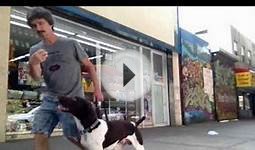
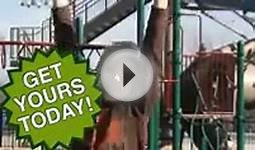
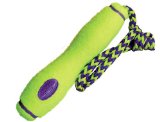
|
KONG Air Dog Fetch Stick with Rope Dog Toy, Large, Yellow Pet Products (KONG)
|

|
Petsport Tug Max (Colors May Vary) Pet Products (PetSport)
|
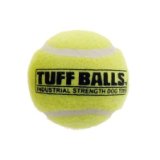
|
PetSport USA Tuff Balls Tennis Ball Dog Toy Pet Products (Petsport USA)
|
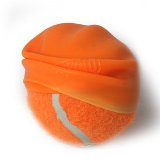
|
Jokko Tennis Ball Cover Dog Toy--GREEN Pet Products (LOOPIES)
|
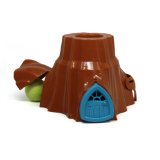
|
Kyjen 2403 Mystery Tree Treat Toy Dog Toys Scent Puzzle Training Toy, Large, Green Pet Products (Kyjen)
|


